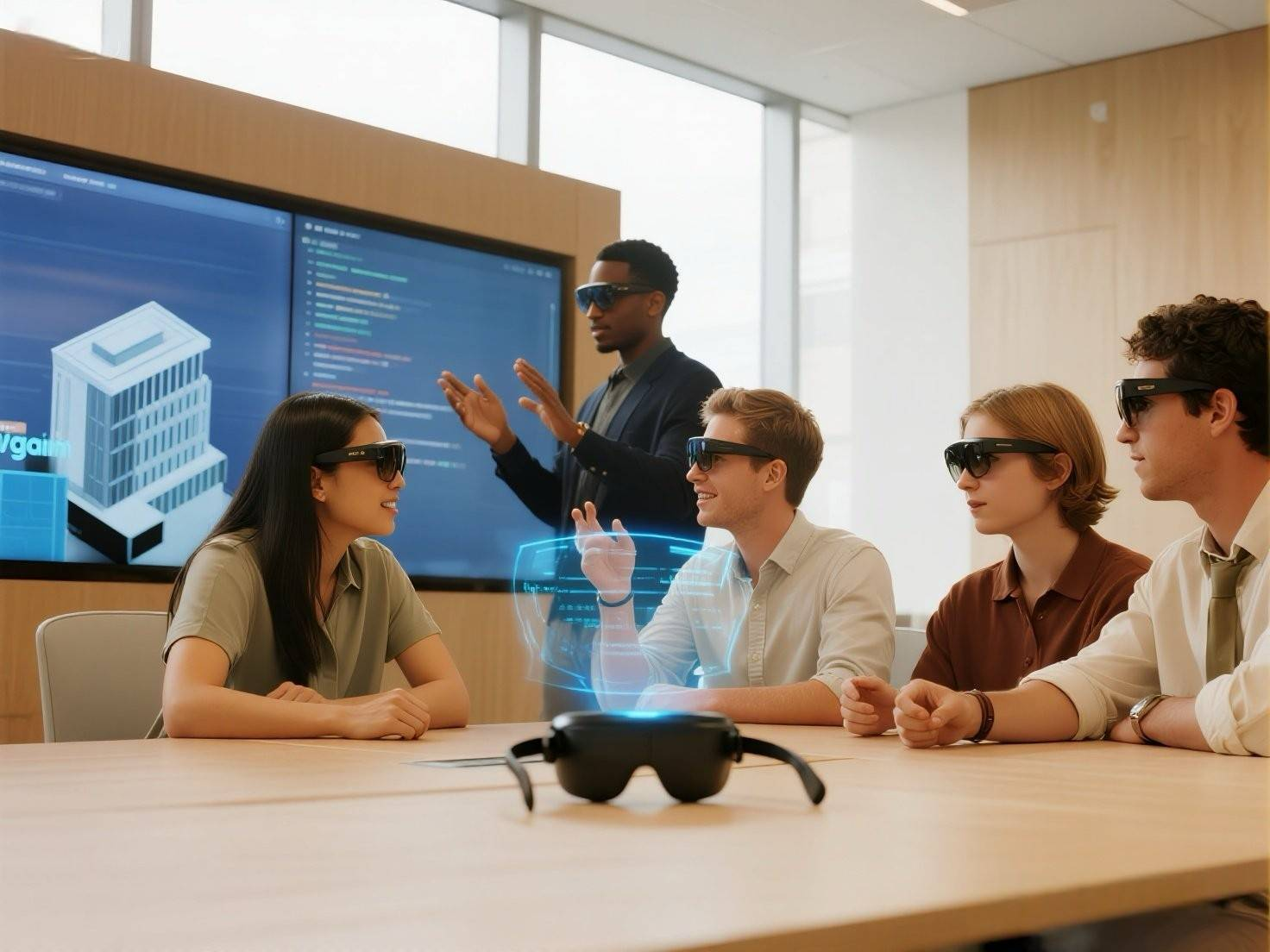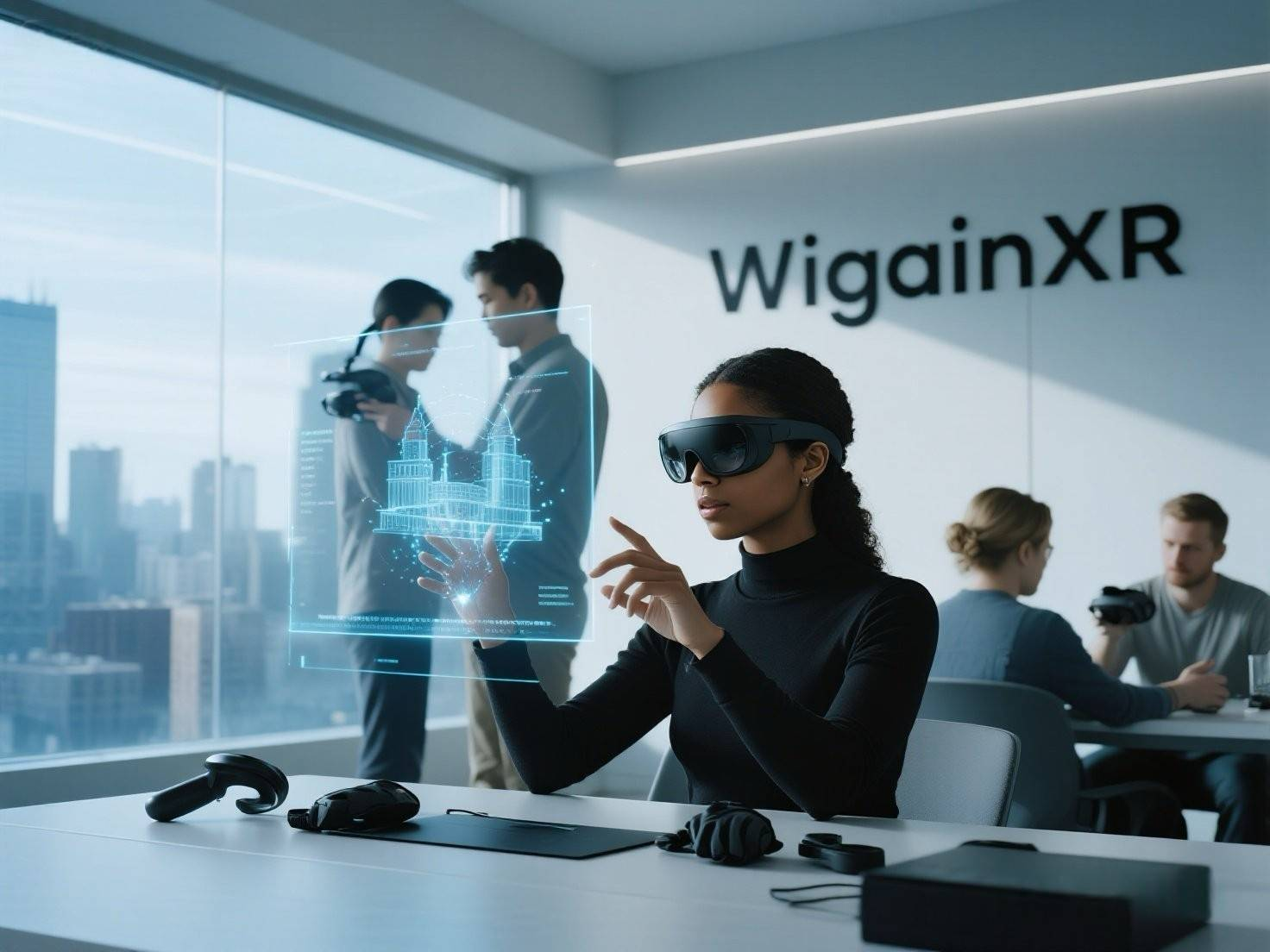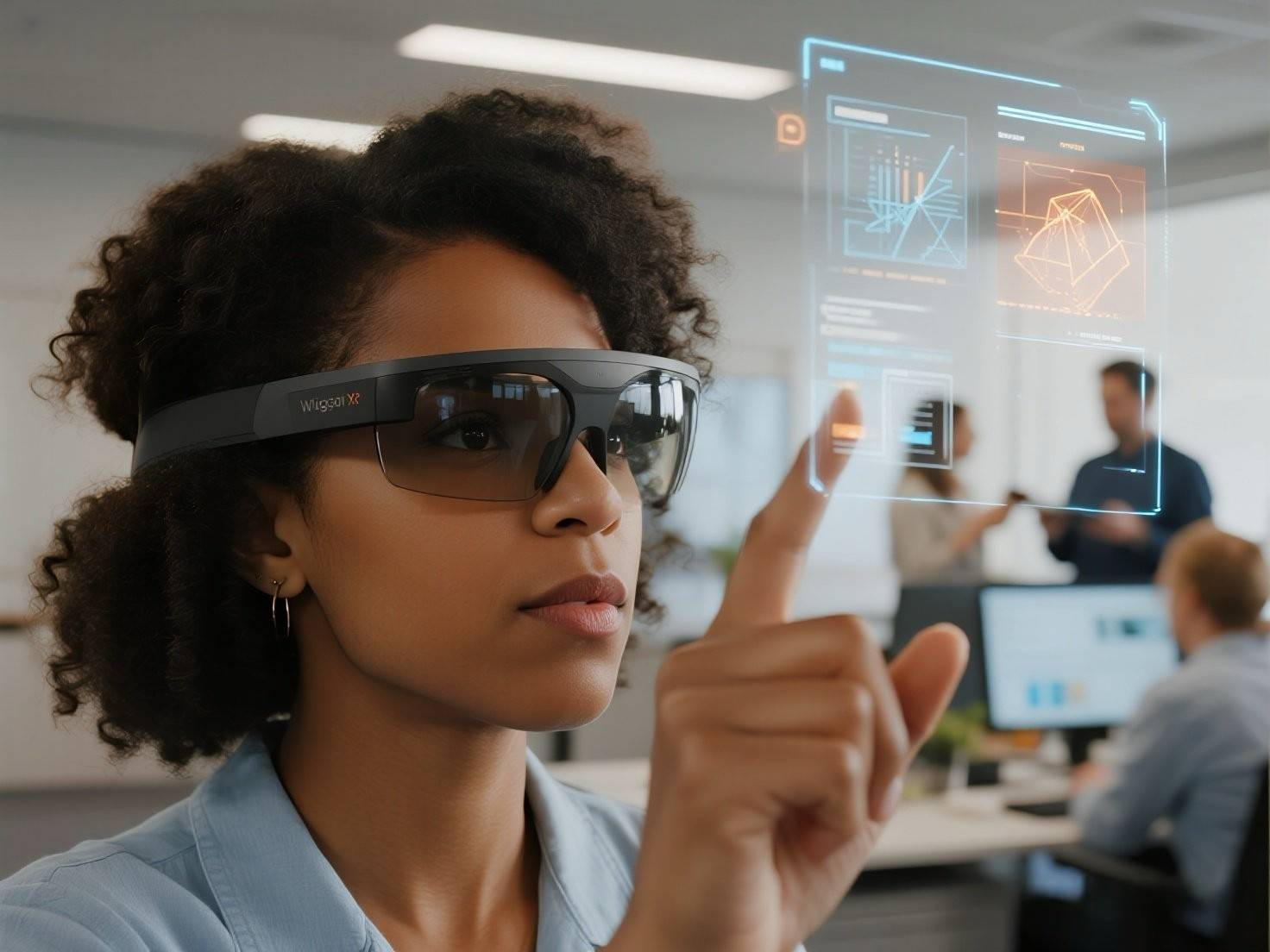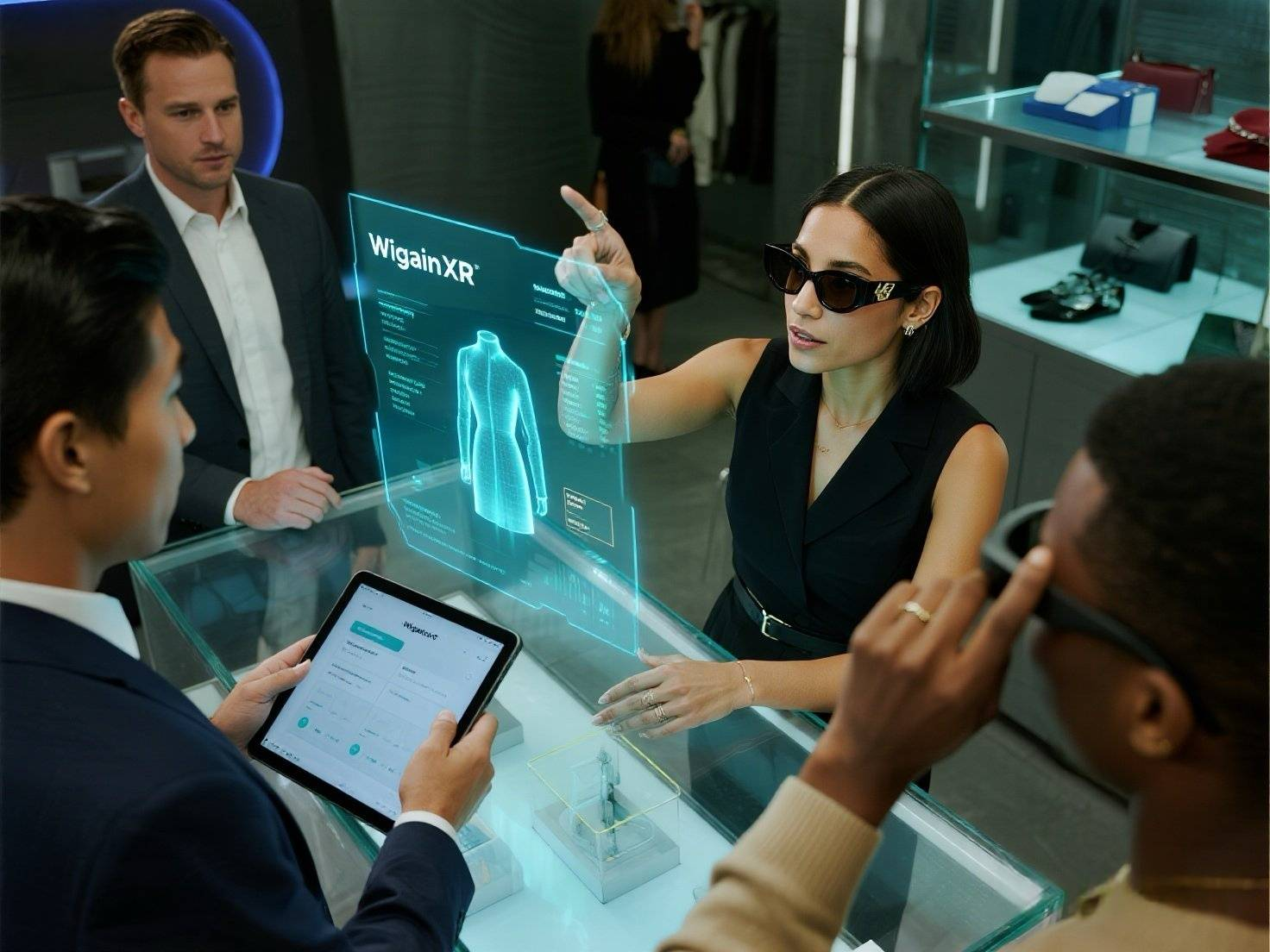Extended Reality (XR, Extended Reality) is an umbrella term for Augmented Reality (AR), Virtual Reality (VR), and Mixed Reality (MR), which refers to the seamless integration of the physical world with the digital world through technological means to create a new environment for interactive experiences. It is an umbrella term for all immersive technologies covering the continuum from completely virtual to a combination of virtual and real (Reality-Virtuality Continuum).
What Are the Pros of Using Extended Reality (XR)?
What Are the Pros of Using Extended Reality (XR)? The usage of Extended Reality (XR) technologies includes Virtual Reality (VR), Augmented Reality (AR), and Mixed Reality (MR), with its obvious advantages being as follows:
1. Complete virtual immersion: Users can appreciate various scenarios in an uncaptivated and VR-enabled manner by creating virtual environments or integrating information into the real world. VR allows players to enter an immersive game world, greatly enhancing the entertainment experience. In AR applications, commercially available devices merge the real world with virtual characters; AR/VR devices allow users to intuitively observe real scenes and obtain virtual navigation information overlayed on top of real street views, thus greatly improving navigation immersion.
2. Excellent interactivity: Information or objects in virtual environments can be interacted with in a natural intuitive way. e.g., virtual teachers or classmates and MR/AR students can have direct touch with the teaching model as well as moving objects. Such interaction can improve learners' motivation and effectiveness.
3. Visualization Presentation: Taking into account that the ability to present complex information or data in an easily digestible and visual form is a vital skill. In Medicine, XR technology can be utilized to project the internal organ structure of the human body, lesion sites, etc., in the form of 3D models for both doctors and patients to enhance their understanding of the condition and treatment plan provided to them.
4. Improving Training Efficiency and Effectiveness: Surgeons can train in a safe, affordable, and supremely efficient environment. An example is found within aerospace, where pilots can train using the XR flight simulation training system for a literal endless virtual flight in which they can respond to complex weather, emergencies and more. Responding to these scenarios in real-life situations can be extremely dangerous and expensive to train, making XR flight simulation a far superior option.
5. Innovative experience: These XR technologies can capture images that differ from the ordinary, thus bringing new experiences and feelings to inspire their imagination and creativity while doing some activities. For example, in tourism, tourists can preview all the activities and the attractions of the tourist destinations through XR technology even before they arrive. They can even travel through space and time with the help of a virtual tour guide and learn about the cultural and historical significance of the attractions.
6. Breaking time and space constraints: Virtual content and services can be accessed by users anywhere and at any time with the help of XR technology, free from physical space and time constraints. For example, students can participate in virtual classrooms located remotely with the help of XR devices at home and learn and interact with teachers and classmates from all over the world without the constraints of normal classroom time and location. Virtual meetings can be attended by corporate employees through XR technology as if they are already present in the same conference room for face-to-face communication and coordination, irrespective of their geographical locations on the globe, for increased work productivity.
What Is Augmented Reality (AR)?
Augmented Reality (AR) is a technology that cleverly smoothes the line separating virtual and actual information. Virtual things, objects, words, sounds, images, and other data that never occur in reality are through cell phones, smart glasses, tablet computers, and other technology apparatus superimposed upon real life, so the user can see the actual as well as the virtual information at the same time to attain reality and fiction unification. effect.
What Are the Futures of Augmented Reality (AR)?
Fusion of virtual and real: It is the most significant feature of augmented reality that merges virtual objects with real-life scenes in real time, thereby making virtual objects appear as though they are present. In AR games, for example, virtual game players will be located on real-life streets, parks, and other locations, and game players can talk to virtual players in the real world.
Real-time interaction: Users can interact with virtual information in real time. For example, through the phone's camera to scan the real objects, trigger the showing of the corresponding virtual content, and can touch the screen, voice command and other ways to interact with the virtual objects, such as rotating, zoom in and out of the virtual object, or have the virtual object take a specific action.
Precise positioning: With advanced positioning and image identification technology, AR can precisely locate virtual information onto the exact positions of the real world. Whether detecting markers in the real world or determining a user's location through the use of the Global Positioning System (GPS), it makes sure that virtual content is aligned with the real-world context with accuracy, providing users an exact augmented experience.
What Is Virtual Reality (VR)?
Virtual Reality (VR) is a technology that utilizes computer technology to construct, mimic the real world, or create a completely fictional three-dimensional virtual world. Its users can completely immerse themselves in the virtual world and have a panoramic experience by wearing equipment like head-mounted displays (HMDs) and handles.
What Are the Futures of Virtual Reality (VR)?
Immersion: This is the core feature of VR technology. It does so via high definition display, precise head tracking and stereo sound and other technology so that it provides users with very realistic visual and auditory sensations such that users feel as if they were in a virtual world, completely isolated from the real world. For example, in the VR virtual flight simulator, the user can see the real cockpit and sky and clouds outside the window from the headset, as well as the motion seat and audio, as if flying the airplane itself.
Interactivity: Users can interact naturally and intuitively with objects and scenes within the virtual world by using joysticks and somatosensory devices. For example, in VR games, users are able to extend their hand and grab virtual weapons, push virtual blocks, and touch virtual actors, which enhances the sense of user participation and presence in the virtual world.
Imaginative: Virtual Reality may design any fanciful scene and content, free from the physical constraints and factual situations of the actual world. It may be fantasy magic world, deep outer space, microscopic atomic structure, or future cityscape, offering users a new visual and experience feel and triggering limitless imagination.
What Is Mixed Reality (MR)?
Mixed Reality (MR) is a mix of both real and virtual worlds. While influencing both Virtual Reality (VR) and Augmented Reality (AR), it establishes an atmosphere that has both physical and simulated components in which users can have everyday communications and experiences. The following is an introduction to its features and usable scene:
What Are the Futures of Mixed Reality (MR)?
Virtual-Real Fusion: MR technology can accurately fuse virtual objects with real scenes, making virtual objects appear as if they exist in the real world. For instance, in a real room, MR equipment can create virtual furniture that seamlessly blends with the room's environment, including its light and shadow, proportion, and other aspects, making it difficult for the user to distinguish between the virtual and real.
Real-time interaction: Users can interact with virtual objects and the real environment in real time. For example, users can move virtual file icons on the real desktop as if they were operating real files; they can also have dialogues and interactions with virtual characters, who will respond according to the user's movements and voice.
Depth perception: The MR system can perceive the user's position, posture, and information about the surrounding environment in real time through various sensors, such as depth cameras, motion sensors, and so on. This enables the virtual object to adjust accordingly to changes in the user's perspective and position, always maintaining the correct display and interaction effects. For example, when the user moves his/her head, the viewing angle of the virtual object changes accordingly, just like observing an object in the real world.
Choosing the Best Extended Reality Glasses
Among the many XR glasses available today, Wigain Omnision offers the best blend of power, portability, and usability. For gaming, working, and exploring virtual environments, it provides a premium XR experience with:
- Full-color optical waveguide lenses
- Oasis OS XR system
- Stand-alone mode (no external hardware)
- Lightweight, ergonomic design for extended wear
In addition to that, it's designed by a crew with deep expertise in AI, spatial computing, and immersive design—a fact that makes it one of the most advanced XR hardware currently on the market.
Conclusion
Finally, with its AR, VR, and MR elements, extended reality is a paradigm shift in technological interaction. Immersive technologies have already tested and proven themselves in various industries, from improving the learning experience in education to streamlining surgical operations in healthcare and transforming design workflows in architecture. As hardware continues to become finer, software becomes more natural to use, and connectivity becomes stronger, the possibilities for XR are limitless. It will continue blurring the boundaries between the real world and the virtual world, opening up new fields of creativity, productivity, and human interaction. One such good example is the Wigain Omnision XR glasses, which are revolutionizing the XR sector. With a record-breaking 53-degree field-of-view for consumer - level XR devices, they provide a more natural vision of virtual content, increasing the visual range by 30% over comparable products. With an in-house created XR space OS and an AI assistant called "Guobao Tongxue", these glasses provide smooth voice - controlled operations across different applications. Their advanced optical design and performance hardware, like a dual-chip solution that has combined computation of 42 TOPS, make them capable of becoming an efficient powerhouse for immersive gaming, work, and entertainment. With newer devices like the Wigain Omnision XR glasses appearing constantly, the direction of XR is only just beginning, and what the future holds is even greater marvels as these technologies get more mainstream within the fabric of our world.








Share:
Unlocking the Potential of XR Smart Glasses: A Glimpse into the Future
What Are XR Glasses:Introduction and Review